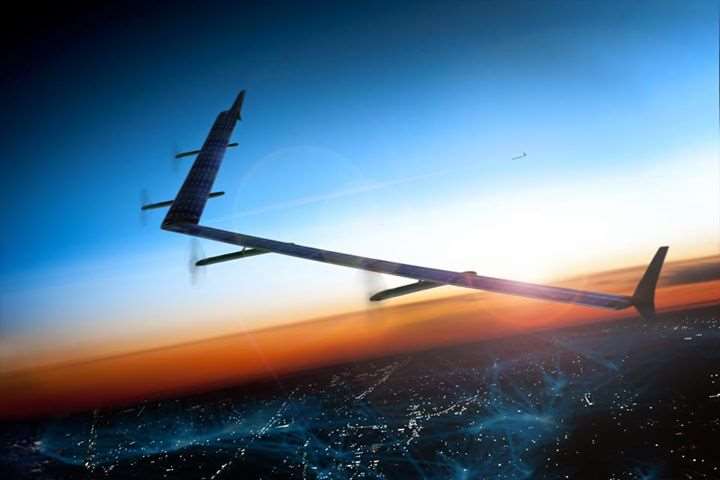The race to service up to five billion people worldwide that have no access to the internet is heating up.
This week, Samsung Electronics joined SpaceX and OneWeb in pushing a constellation of micro-satellites to do the job. Others continue to push drones and balloons as vehicles for internet carriage.
Here, Information Age looks at the top five projects vying to power the next wave of internet accessibility.
1. ‘Space internet’
The new kid on the block is Samsung Electronics. They’re not completely new to the race – being a partner in the Facebook-led internet.org initiative – but this week marks the first time they have revealed plans to go it alone.
Farooq Khan - president of Samsung R&D America – has proposed (pdf) a constellation of 4600 low earth orbit satellites that operate at high frequencies and are each capable of Terabit/s data rates. The satellites would swarm between 160km and 2000km above the surface and supply enough bandwidth to give five billion users worldwide around 200GB a month. In addition to servicing those presently without internet, Samsung also wants the same network to act as backhaul for existing cellular networks, enabling them to meet future mobile data demands.
2. SpaceX constellation
Elon Musk’s SpaceX has a similar plan to put up a large constellation of micro-satellites, although it plans to deploy them at an altitude of 650km, higher than the minimum set out by Samsung. However, Musk is more advanced in his plans, filing paperwork with the US Federal Communications Commission (FCC) in June to run a test with two satellites, before it tries deploying anymore.
3. OneWeb micro-satellites
There’s a third entrant in the micro-satellite space race: the Virgin and Qualcomm-backed OneWeb project. It aims to create a constellation of “more than 900 satellites” that weigh about 150kg each, and will start launching them into low earth orbit beginning in 2018. The aim of the project is “to deliver affordable internet access globally.”
4. Internet.org drones
Facebook is partnering with a number of vendors for internet.org, a scheme that is partially about bringing affordable internet services to under-served countries. One of the ways it plans to do this is using unmanned aircraft – drones – “that can beam internet access down to people from the sky”, CEO Mark Zuckerberg said earlier this year. The drones – which have already been tested – are solar powered, have the wingspan of a 737, and can fly at altitudes of around 18km “for months at a time”.
5. Project Loon
Google captured the imagination of internet users worldwide when it revealed trials of solar-powered balloons that could be used to deliver internet to the developing world. The balloons float about 20km above the surface and have been subjected to several trials in New Zealand and Australia. Google believes the system could be working properly within two years.









